The 1980s weren’t just a decade—they were a lifestyle with very specific requirements. Between the flashy fashion statements, technological breakthroughs, and pop culture obsessions, being a functioning member of ’80s society required quite the arsenal of daily essentials. Looking back now, these items seem charmingly obsolete or hilariously over-the-top, but at the time, you wouldn’t have dreamed of leaving the house without them.
1. Your Trusty Walkman
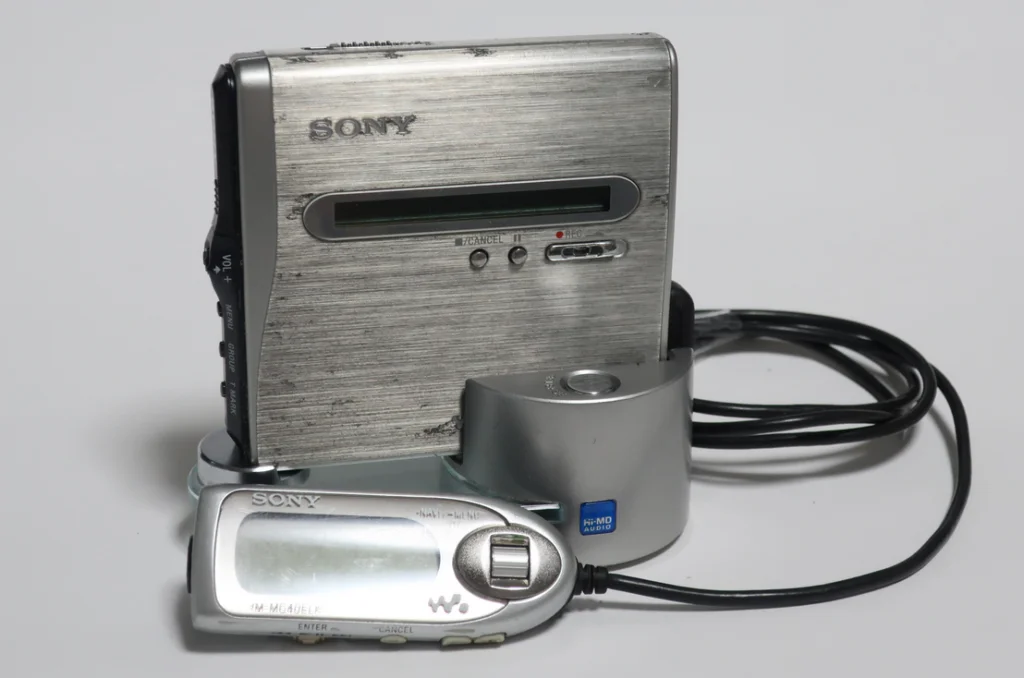
Sony’s portable cassette player revolutionized how we experienced music, creating the first truly personal soundtrack for everyday life. The iconic yellow sports model or sleek silver standard version clipped to your belt or waistband, bouncing along as you navigated the world with your favorite tunes pumping through foam-covered headphones. Your carefully curated mix tapes represented hours of sitting by the radio with fingers hovering over the record button, capturing songs that defined your personality and mood. These were so universal that, as described in Design Museum, even the creator of this device had an incredibly relatable reason for dreaming up these portable music makers.
Battery management became a crucial life skill as nothing was more devastating than hearing your music slowly distort and fade in the middle of your favorite song. Many of us mastered the delicate art of cassette repair, wielding pencils to re-spool magnetic tape that had been chewed by temperamental players. The Walkman wasn’t just a device—it was freedom, privacy, and identity all wrapped up in a pocket-sized package that transformed mundane bus rides, walks to school, and household chores into personal music videos starring you.
2. A Perfect Hair-Sprayed Masterpiece
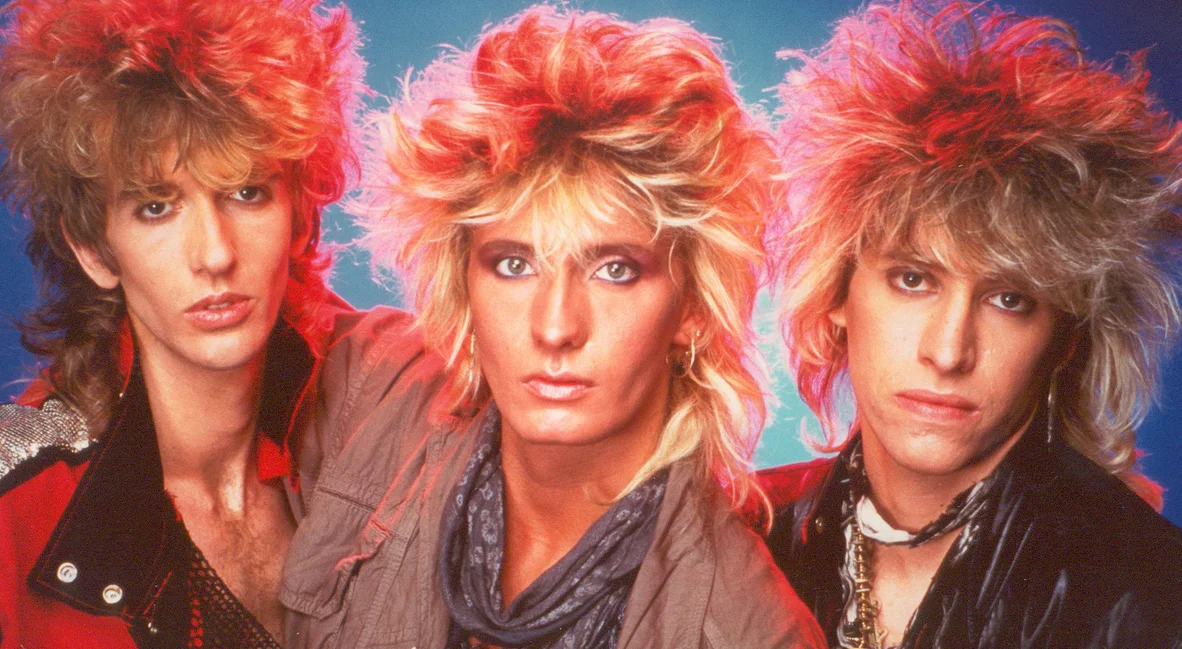
Hairstyles in the ’80s weren’t just fashion statements—they were architectural achievements requiring significant structural support and daily maintenance. Achieving maximum height and volume meant intimate relationships with products like Aqua Net, Dippity-Do, and mousse that promised to defy both gravity and good taste. Girls and guys alike spent mornings teasing, spraying, and sculpting creations that could withstand high winds, physical education classes, and the judgment of incredibly critical peers. This trend comes with some good news because, according to Vogue, this is one of several ’80s styles that are very firmly coming back.
The unmistakable smell of hairspray permeated high school hallways, creating a chemical cloud that probably contributed significantly to the decade’s environmental concerns. Your hairstyle announced your tribe—whether you sported the feathered Farrah, the asymmetrical new wave cut, the towering mall bangs, or the business-in-front-party-in-back mullet that somehow crossed social boundaries. Hair maintenance supplies took up significant bathroom real estate and backpack space, as touch-ups throughout the day were essential for maintaining your carefully crafted image.
3. Your Collection of Slap Bracelets
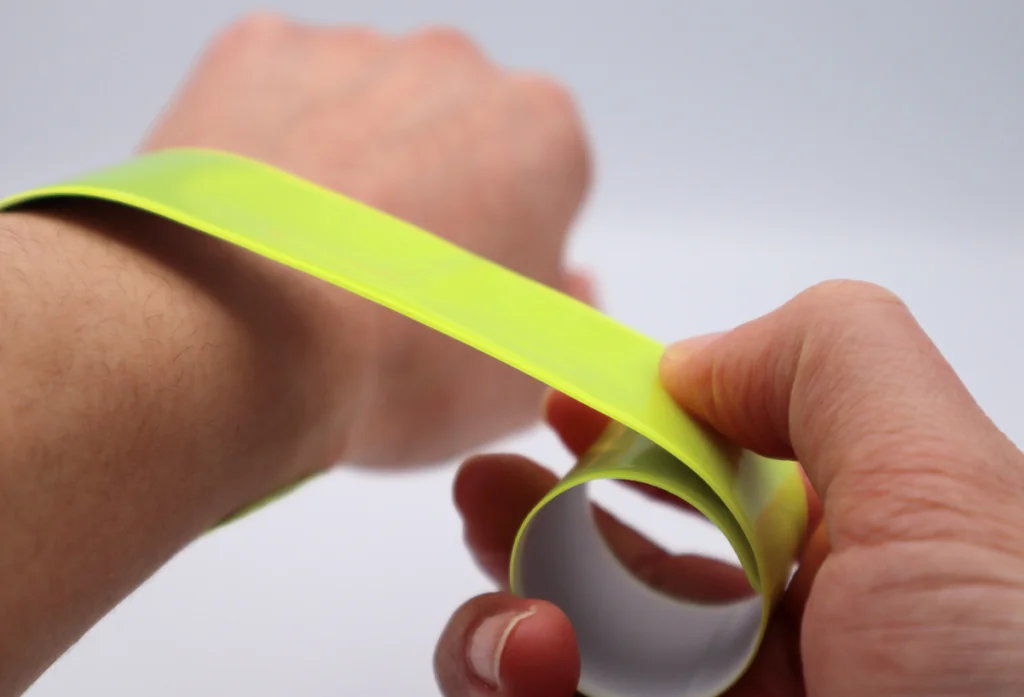
These simple strips of decorated metal encased in fabric transformed from straight rulers to instant wrist accessories with one satisfying slap against your arm. The distinctive sound of slap bracelets echoed through classrooms and shopping malls as kids and teens built collections in every imaginable color and pattern. School administrators eventually banned these harmless fashion statements based on rumors about dangerous metal edges and potential classroom disruptions, driving the trend underground and making them even more desirable. Slap bracelets, Mental Floss writes, even became a ’90s trend, proving their steady staying power, even if they’re not around as much anymore.
Trading slap bracelets became serious business on playgrounds nationwide, with rare designs commanding impressive bartering power. The physical sensation of the bracelet wrapping around your wrist provided oddly satisfying tactile feedback that made them irresistibly fidget-friendly. Like many ’80s trends, slap bracelets returned to extinction almost as quickly as they appeared, leaving behind fond memories and probably a few forgotten specimens still lurking in the backs of childhood bedroom drawers.
4. Shoulder Pads That Could Take an Eye Out
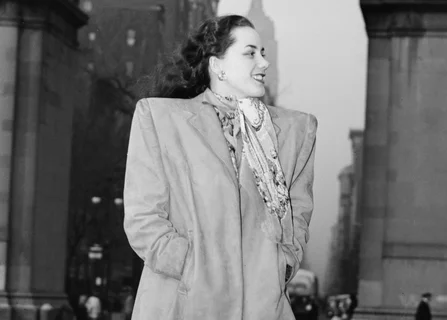
Women’s fashion embraced power dressing with enthusiasm that translated into shoulders so dramatically enhanced they required doorway navigation strategies. These foam or fabric inserts transformed ordinary humans into linebacker-proportioned powerhouses ready to tackle the corporate world or at least look impressive at the mall. Shoulder pads came sewn into virtually every garment—blouses, sweaters, dresses, and even t-shirts—creating a silhouette that screamed confidence and capability while whispering “I may be slightly wider than I appear.”
The ultimate power move involved layering shoulder-padded garments, creating shoulders so impressive they entered rooms seconds before the rest of your body. Fashion magazines promoted this exaggerated look as slimming for the waist, though in reality it often created the optical illusion of a floating torso suspended between enormous shoulders and the equally voluminous acid-washed jeans below. Many women maintained emergency shoulder pad supplies for garments that came without them, ensuring consistent shoulder enhancement across their entire wardrobe.
5. Your Member’s Only Jacket
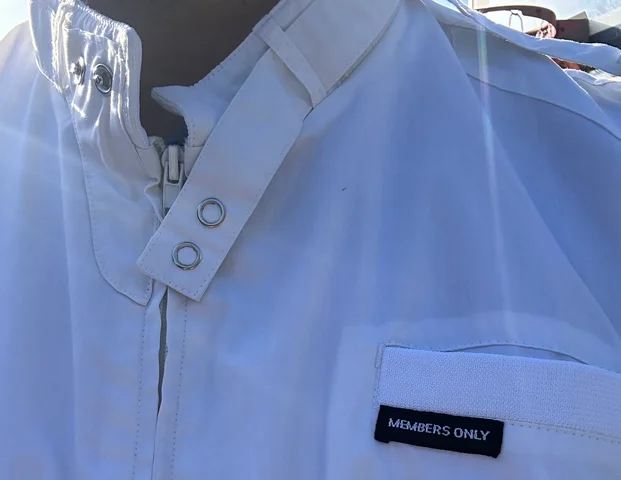
These status-symbol jackets with their distinctive epaulets, elastic waistbands, and breast pocket logo announced that you belonged to an exclusive club with only one membership requirement—having parents willing to pay for the trendy outerwear. The jackets came in an array of colors, though black and burgundy reigned supreme among the truly fashion-conscious. Perfect for the not-quite-cold weather that seemed to define much of the ’80s, these lightweight jackets provided just enough warmth while maximizing style points.
The simple design became instantly recognizable, making brand knockoffs immediately obvious and socially devastating to their unfortunate wearers. Member’s Only jackets crossed gender and age boundaries, appearing on everyone from middle school kids to middle-aged dads trying to recapture their youth. The jacket’s cultural significance outweighed its practical features, transforming a simple piece of outerwear into a social signifier that instantly communicated your fashion awareness and presumed popularity.
6. A Stack of Rubber Bracelets
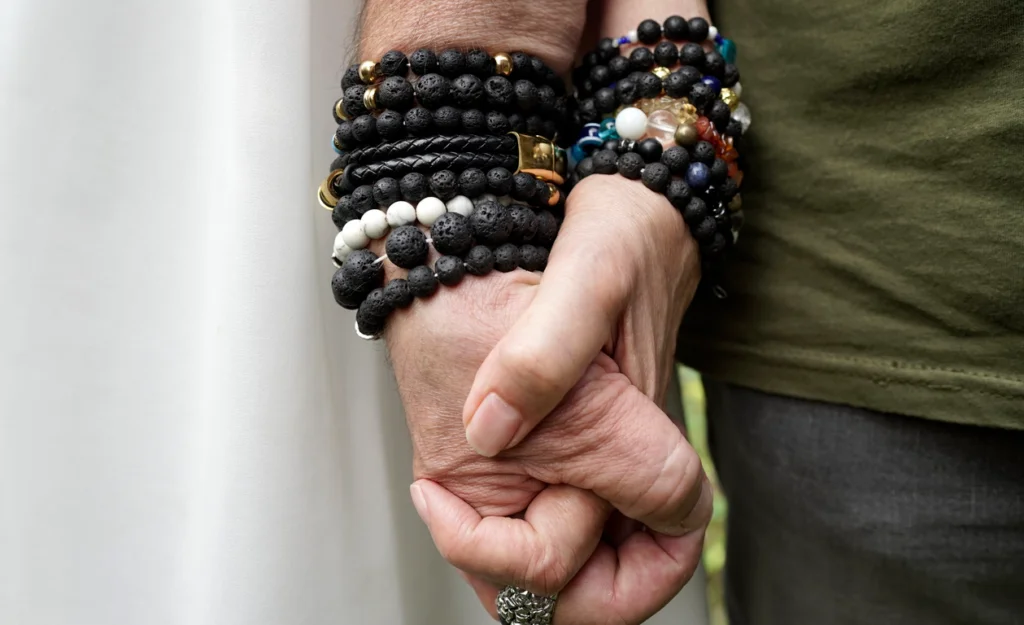
Madonna’s fashion influence reached wrists nationwide as rubber and jelly bracelets in neon colors became essential accessories for style-conscious teens. Collecting these inexpensive adornments in every available color became an obsession, with wearers stacking dozens up their forearms in carefully coordinated combinations. The bracelets’ affordability made them accessible fashion statements that allowed even kids on limited budgets to participate in ’80s accessorizing excess.
Black rubber bracelets gained particular significance thanks to their association with Madonna’s “Like a Virgin” era, though parents often remained blissfully unaware of this connection. Urban legends about color meanings circulated through middle and high schools, with specific shades supposedly signaling relationship status or romantic availability. The bracelet stacks created distinctive jingling sounds as wearers moved, providing constant musical accompaniment to the visual statement of their rainbow-colored forearms.
7. Your Cumbersome Boombox
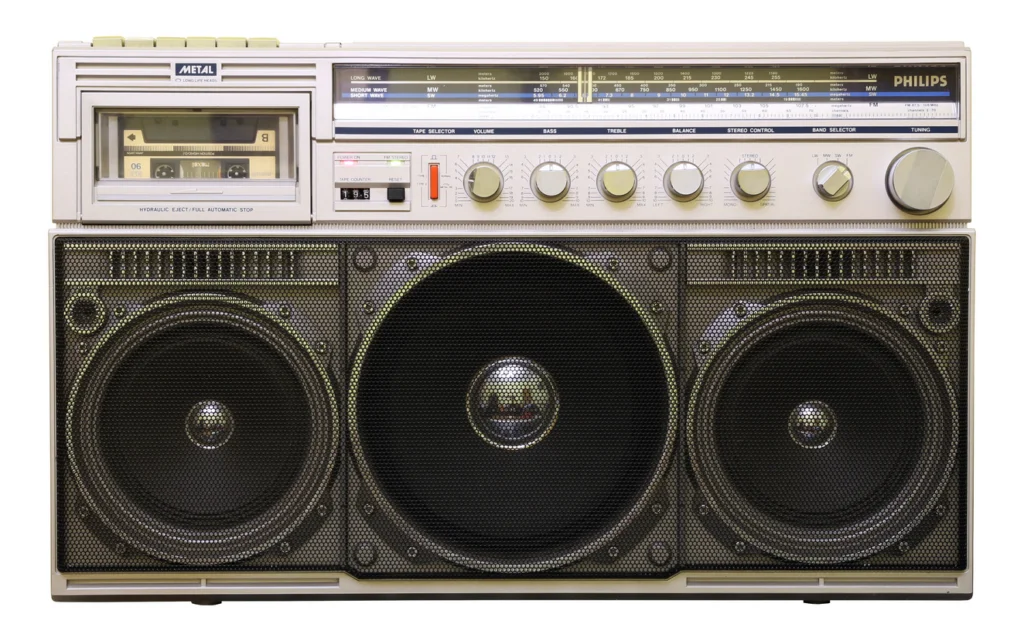
Portable music reached its least subtle form with the boombox—massive battery-powered sound systems that delivered impressive audio quality at the expense of convenience and subtlety. These substantial music machines required serious commitment, with weights often exceeding ten pounds and dimensions that made them awkward traveling companions. The substantial physical investment paid off in social currency as boombox owners commanded respect at parks, beaches, and street corners where they controlled the soundtrack for public spaces.
Battery consumption reached epic proportions, with serious users investing in rechargeable options or accepting the significant ongoing expense of C or D batteries that seemed to drain before your eyes. The iconic image of the boombox balanced on one shoulder became symbolic of urban youth culture, though the reality often involved switching arms frequently to prevent shoulder strain. Boomboxes represented the opposite of the Walkman’s private listening experience—they were all about sound sharing, whether the public appreciated your musical selections or not.
8. A Swatch Watch (or Six)

Swiss watchmaker Swatch transformed timepieces from practical necessities into affordable fashion accessories that demanded to be collected and coordinated with outfits. These plastic watches came in endless color combinations and patterns, with special editions and artist collaborations creating feeding frenzies among collectors. Swatch enthusiasts wore multiple watches simultaneously, creating wrist displays that made checking the actual time secondary to the fashion statement.
The distinctive plastic strap featured holes all the way around, allowing wearers to adjust the fit precisely or wear the face on the inside of the wrist for a particularly trendy look. Swatch Guards—plastic covers that snapped over the watch face—added another layer of personalization and protection, extending the collecting possibilities even further. The watches’ affordability relative to traditional timepieces made them attainable status symbols that updated seasonally, ensuring constant desire for the newest designs.
9. Ridiculously Unnecessary Fingerless Gloves
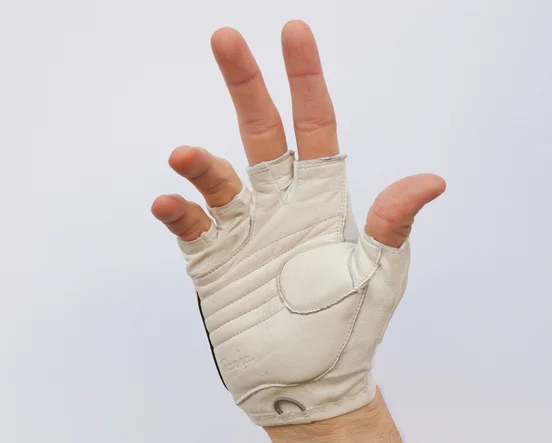
Thanks to Madonna, Cyndi Lauper, and Billy Idol, fingerless gloves transcended their practical origins to become essential fashion accessories worn regardless of weather conditions. These hand adornments came in lace, leather, mesh, and various fabrics, adding edgy appeal to otherwise ordinary outfits. The fingerless design maintained dexterity for important activities like applying lipgloss or styling hair while still delivering maximum fashion impact.
Black lace versions reigned supreme among Madonna wannabes, while leather appealed to the rock crowd and neon colors attracted the Valley Girl demographic. Single glove wearers paid homage to Michael Jackson’s iconic style, though this approach required confidence to avoid looking like you’d simply lost one half of the pair. The inexplicable appeal of these functionally compromised accessories demonstrates the decade’s willingness to sacrifice practicality for style points.
10. Your Carefully Maintained Friendship Pins

Safety pins decorated with tiny seed beads became friendship currency, creating colorful displays on shoelaces, backpack straps, or jacket lapels. Creating these miniature art pieces required patience, good fine motor skills, and access to craft supplies—making talented friendship pin producers valuable social assets. The exchange of these tokens represented relationship status in the complex social ecosystem of schools and neighborhoods, with pin collections serving as visible evidence of one’s friendship network.
Standard patterns gave way to increasingly complex designs as the trend evolved, with advanced creators incorporating names, symbols, and multiple pin combinations. Unlike friendship bracelets, which required commitment to wear until they naturally fell off, friendship pins could be rearranged and redistributed as social landscapes shifted. The tiny jingle of beaded pins announcing each step became a subtle soundtrack to ’80s childhoods, instantly recognizable to anyone who once proudly displayed these handmade treasures.
11. A Rubik’s Cube That Drove You Crazy
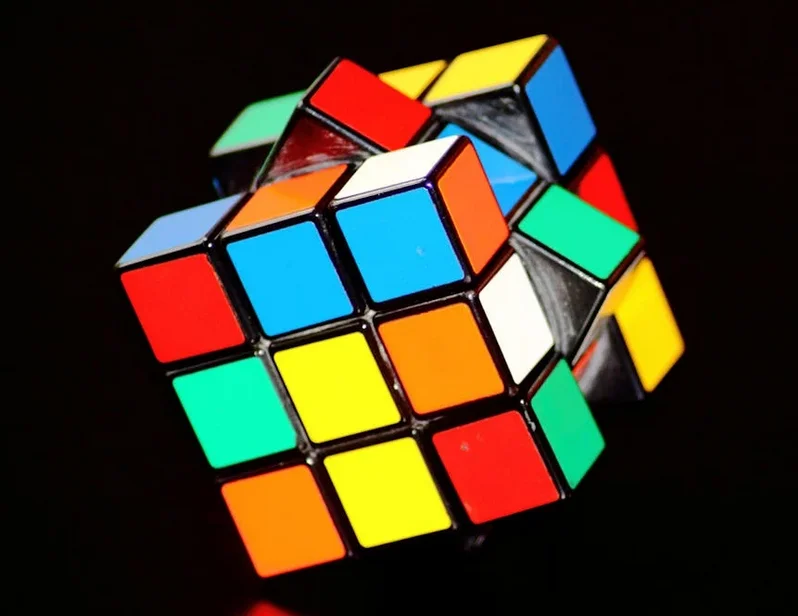
This colorful puzzle cube became a global obsession, frustrating and fascinating millions with its seemingly simple yet maddeningly complex challenge. Carrying a Rubik’s Cube signaled intellectual aspirations even if your personal solving strategy involved peeling off and repositioning the colored stickers. Solving techniques became closely guarded secrets before the internet could freely distribute algorithms, with school Rubik’s masters earning respect by demonstrating solutions while less skilled puzzlers pretended not to care.
The distinctive clicking sound of rotating cube sections provided satisfying auditory feedback even when solutions remained elusive. Many cubes showed wear patterns revealing their owners’ favorite algorithms or nervous fidgeting habits during math class. The puzzle’s persistent cultural presence throughout the decade ensured that almost everyone owned at least one cube, whether pristinely solved, permanently scrambled, or missing several colored stickers from creative solution attempts.
12. Neon Everything
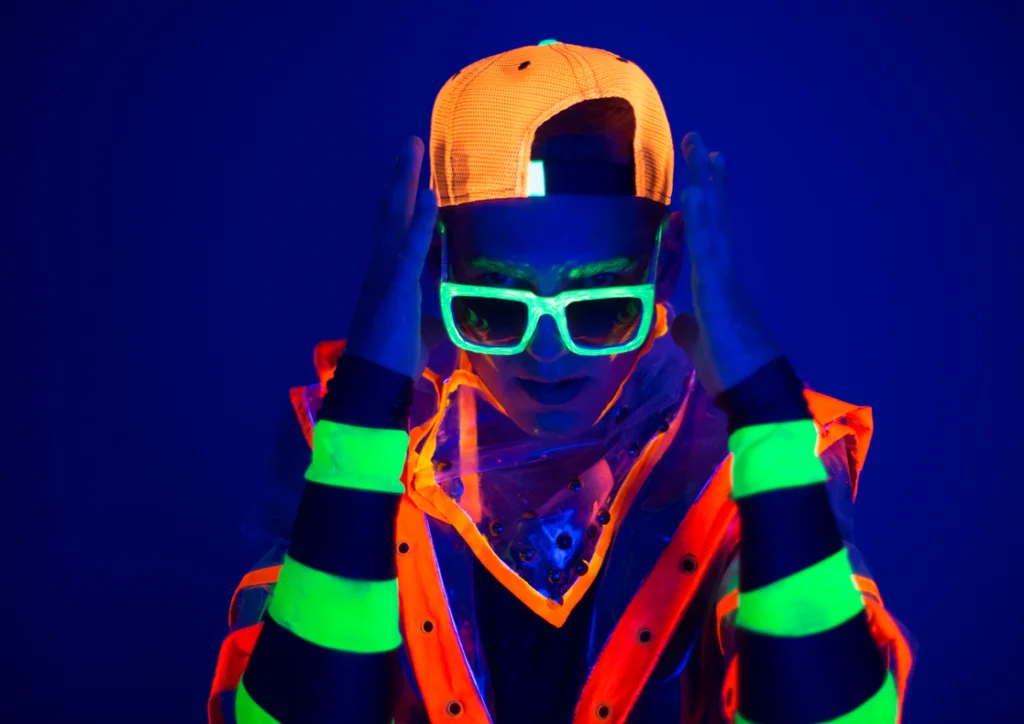
The ’80s color palette rejected subtlety entirely, embracing fluorescent hues so bright they almost required sunglasses indoors. Neon infiltrated every aspect of personal style—clothing, accessories, school supplies, and even makeup came in eye-searing shades of pink, green, yellow, and orange. Combining multiple neon colors in single outfits demonstrated particular fashion commitment, creating ensembles visible from impressive distances.
Black light reactivity added another dimension to the neon obsession, making these colors particularly popular for skating rinks, arcades, and other teen hangout spots. The brightness trend extended beyond fashion to home decor, sporting equipment, and even food, with artificially colored treats adding to the decade’s fluorescent aesthetic. Neon represented the ’80s optimism, energy, and refusal to be overlooked—values embodied in colors that absolutely demanded attention.
13. The Right Brand of Tennis Shoes

Footwear transcended mere function to become crucial identity markers, with specific brands signaling athletic aspirations, social status, and cultural affiliations. Reebok Pumps, Nike Air Jordans, Converse All-Stars, and Adidas shell-toes created tribal boundaries as clear as any high school clique table in the cafeteria. The investment in proper footwear often represented significant portions of teenage budgets or parental negotiations, with knock-off versions creating potential social catastrophes.
White sneakers required meticulous cleaning routines involving toothbrushes, special cleaners, and dedicated maintenance time to preserve their pristine appearance. Specific lacing techniques further distinguished true sneakerheads from casual wearers, with straight-across methods, ladder patterns, or deliberately loose styles communicating inside knowledge of footwear culture. The relationship between identity and sneakers grew so strong that shoe theft became a legitimate concern in some schools, leading to physical education locker strategies worthy of high-security facilities.
14. Your Collection of Scratch-and-Sniff Stickers
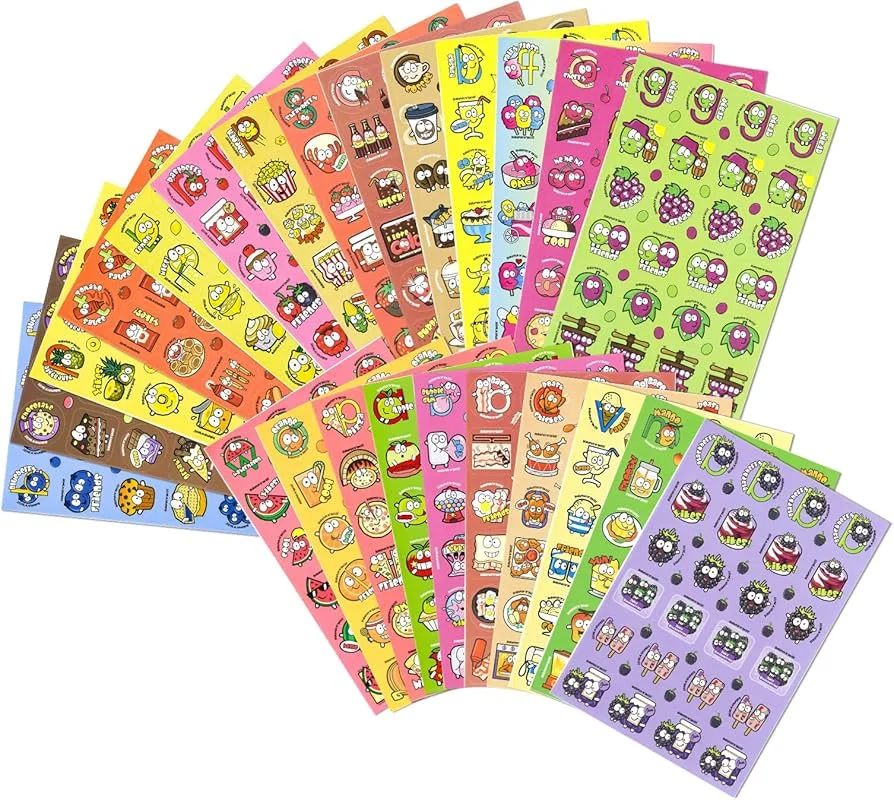
These scented reward systems elevated ordinary paper goods to multisensory experiences, with sticker collections showcasing both quantity and aromatic diversity. Teachers wielded these adhesive treasures as powerful motivational tools, making classroom achievements smell like artificial pizza, strawberries, or chocolate. Sticker albums protected these valuable collections, with trading sessions allowing collectors to diversify their aromatic portfolios through carefully negotiated exchanges.
The distinctive scratch activation maintained fragrance freshness, though enthusiastic scratching sometimes damaged the stickers’ colorful surfaces. Certain scents achieved legendary status—particularly pizza, grape, and the mysterious root beer float that somehow captured both ice cream and soda elements in adhesive form. The stickers’ sensory appeal transcended visual aesthetics, creating memory associations so powerful that many adults can still recall specific scents decades later when encountering similar aromas.
The 1980s might seem like ancient history to today’s teenagers, but for those who lived through this distinctive decade, these everyday essentials formed the backdrop of our formative years. While we’ve traded Walkmans for smartphones and boomboxes for Bluetooth speakers, there’s something undeniably special about the tangible, tactile nature of ’80s essentials. Perhaps that’s why so many of these trends continue cycling back into fashion—they represent a pre-digital authenticity that even the most advanced technology can’t quite replicate.


